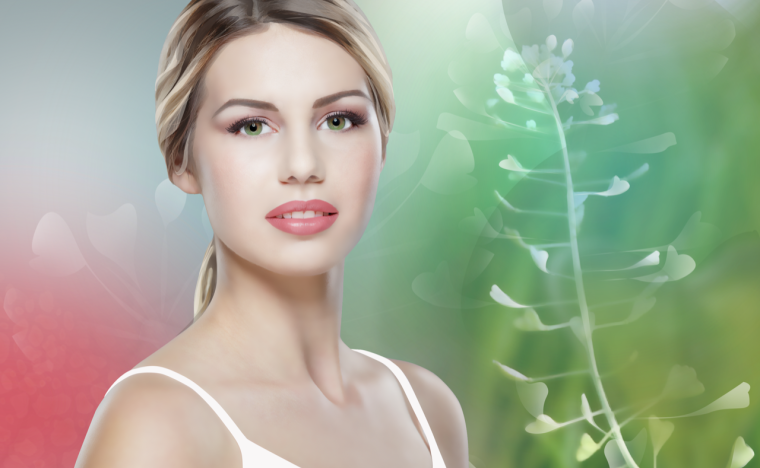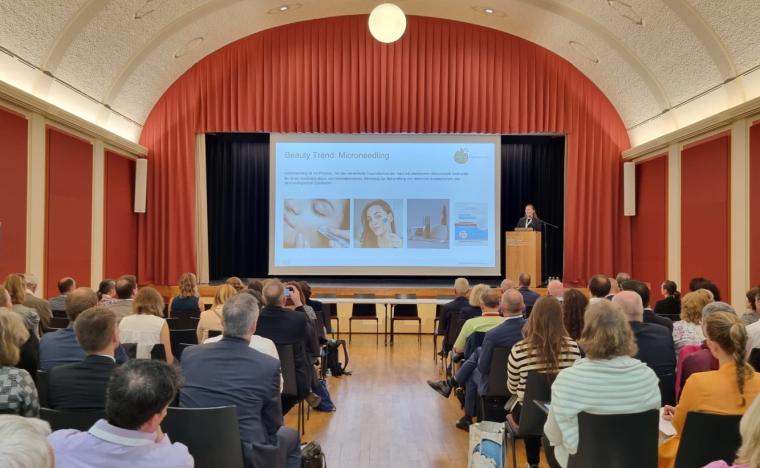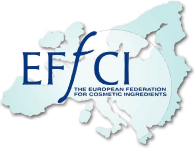Pioneering study in moss research
Imagine a plant so versatile that it bridges the gap between the aquatic life of algae and the complex world of land plants. That's Physcomitrium patens (aka Physcomitrella Patens), a simple yet extraordinary moss. This study carried out by Mibelle Biochemistry presented a journey to understand this moss not just as a plant, but as a potential source of natural products for our everyday use.
We have carried out a multidisciplinary work with experts in the world of moss, protein modeling and molecular characterization of natural extracts in order to detect characterization of natural extracts in order to detect, apply and elucidate different applications of a P. patens extract.
We cultivated the P. patens part in our facilities in the same way as our MossCellTech™ No.1 and with the rest of the biomass, and after extraction with supercritical fluid and determination with a combination of NMR and GC/MS analyses, we were able to access a wide range of molecules that were virtually unknown or undescribed until then. One of these caught our attention: ceruchinol.

Ceruchinol ((-)-(16S)-Kauran-16-ol).
Later then, by employing bioinformatic tools, we sought to elucidate potential interactions and applications of this compound with various targets, thereby broadening the scope of our study beyond the initial identifications and focusing ourselves of possible uses on skin health and therefore, cosmetic market applications. This decision reflects our commitment to explore the diverse applications of the identified compounds, particularly those rich in ceruchinol.
This coupling approach serves to enhance the translational relevance of our findings, opening avenues for future applications and developments based on the rich molecular repertoire extracted from the moss. As described in the publication, a pool of 23,000 total candidates was scouted, leading to a selected list of 10 possible candidates, where the three most interesting ones were selected and further analyzed. This selection was based on market analysis and other criteria, such as the relevance of these receptors in skin biology and the possibility of using the obtained results for later efficacy testing of potential active ingredients.
• CAR protein (Androstan Receptors)
• AKR1D1 (Aldo-keto reductase)
• 17β-HSD1 (17β-Hydroxysteroid dehydrogenase)
For matter of simplicity for our readers, we could generate a broader picture of a possible regulation of those three enzymes in terms of stress levels than possible could affect the skin care imbalance and physiological status-quo.

Figure. Docking simulation and proposed binding modes of ceruchinol in two different positions with the target 17β-Hydroxysteroid Dehydrogenase. Ceruchinol is shown in green, and the model used for calculation is shown in orange.
The identified compounds, especially ceruchinol, open new ways for further research into their potential commercial applications and offer a bioinspired perspective for future studies. The comprehensive insights gained from this investigation enhance our knowledge of the ecological and biotechnological culture success of P. patens. It provides a foundation as well for continued exploration in the field of plant adaptation to terrestrial environments and the possibility of a biotechnological cultivation of moss like we at Mibelle Biochemistry are doing.

Figure: Docking studies showing all different interactions and fitting possibilities from our candidate into the selected targets.
The study concluded with promising insights into the use of P. Patens patens extracts, particularly ceruchinol, in cosmetics. By understanding how ceruchinol interacts with human receptors expressed in skin cells, we opened up new avenues for the development of natural, moss-based cosmetic products.
This research not only sheds light on the untapped potential of mosses in the cosmetic industry but also exemplifies the power of multidisciplinary approaches in unlocking the secrets of nature for human benefit. In essence, this study is not just about a moss; it's about looking at the natural world around us with curiosity and imagination. It's about seeing potential in the most unlikely places and harnessing it for our use, responsibly and innovatively.
So, the next time you see a patch of moss, remember that it's not just a plant; it could be the future of cosmetics!









